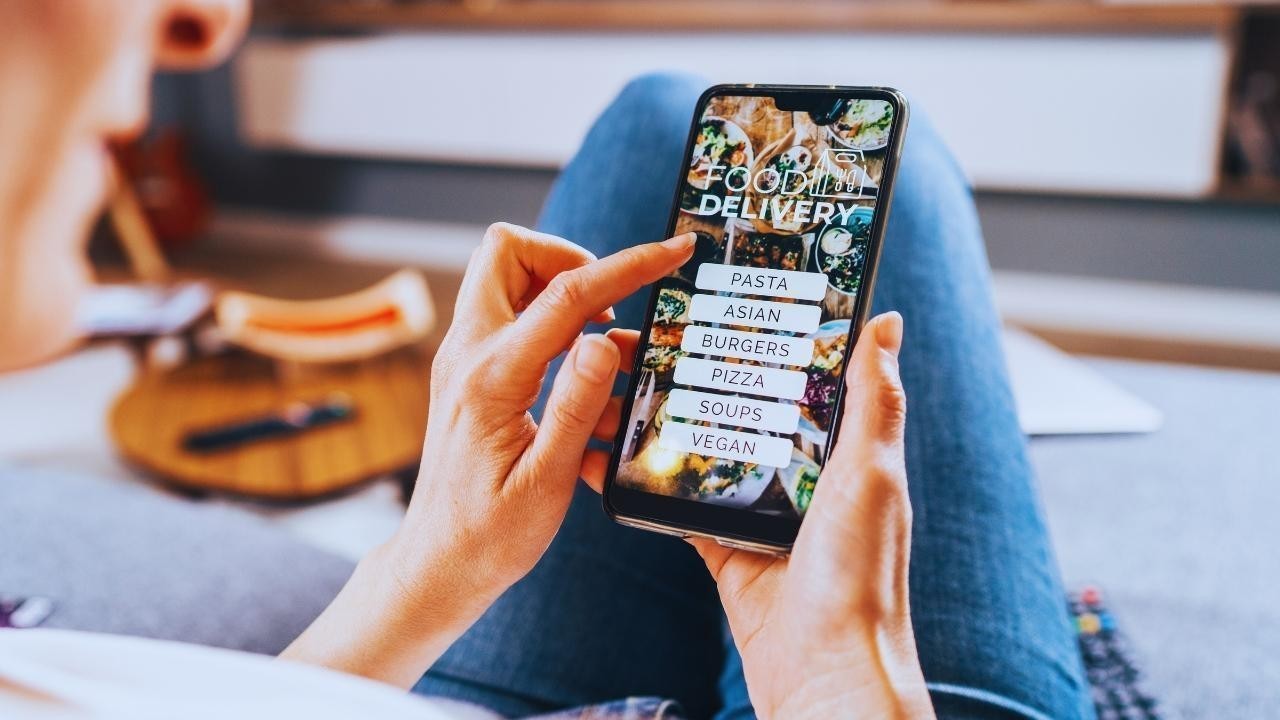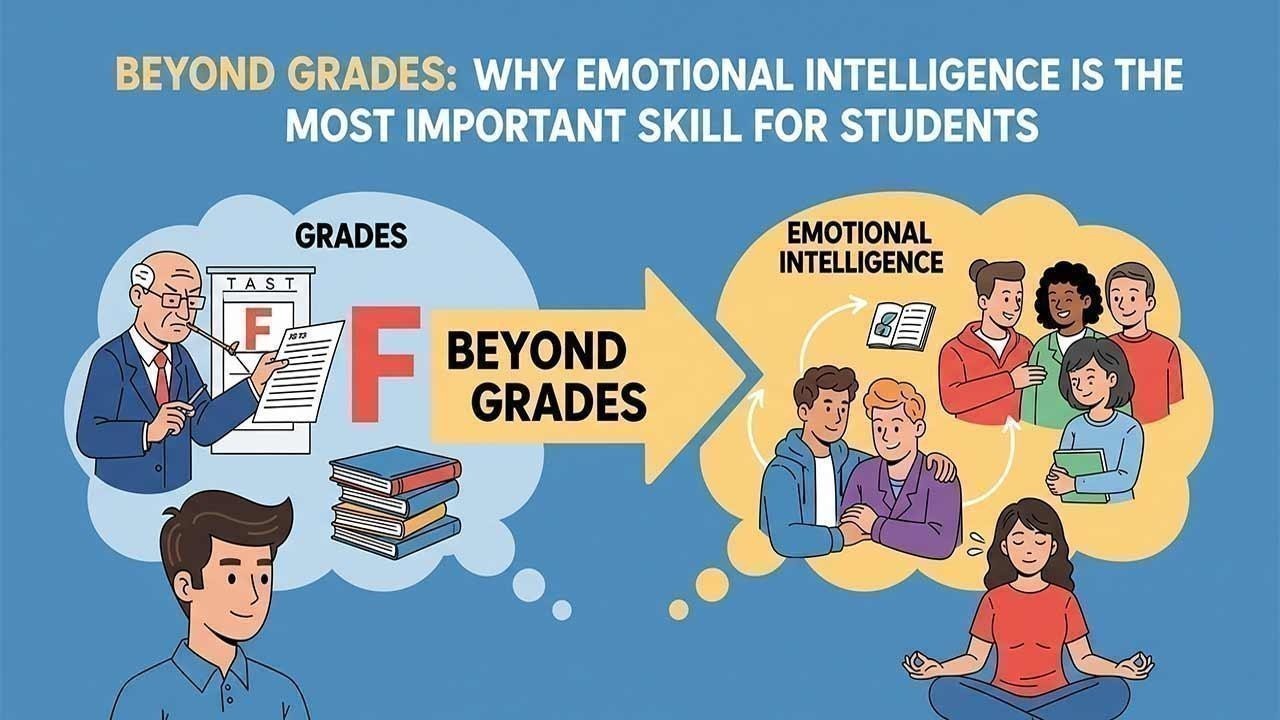
Post by : Anish
The past decade has witnessed a dramatic shift in how people eat at home. While earlier generations considered the kitchen the heart of the household, the rise of online food delivery platforms has reshaped eating habits entirely. Cooking, once seen as a daily necessity, is now often treated as an optional activity — something reserved for weekends or special occasions.
This transformation is not just about convenience; it’s tied to changes in work schedules, living spaces, and lifestyle priorities. In cities like Dubai, where life moves at an intense pace, the temptation of having restaurant-quality meals delivered to your door in under 30 minutes is hard to resist. Yet, despite the convenience, there’s still a loyal base of home cooks who view preparing their own meals as a source of pride, creativity, and control over their health.
Home cooking carries an undeniable set of advantages that delivery meals often can’t replicate. First and foremost is control — from ingredient quality to cooking methods, you decide exactly what goes into your food. In an era where processed ingredients and excessive salt, sugar, and oil dominate restaurant menus, preparing food at home ensures healthier choices.
There’s also the financial angle. Even in a city known for its dining culture, cooking at home can be significantly more affordable, especially for families. A grocery bill may seem expensive upfront, but when spread across multiple meals, the per-plate cost is often a fraction of what delivery services charge.
Beyond health and money, there’s the intangible joy of cooking itself. For many, the act of preparing food is therapeutic — a creative break from digital screens and an opportunity to bond with family members. In cultures where food is a core expression of identity, recipes passed down through generations bring comfort and continuity that no app-based delivery can match.
On the flip side, food delivery offers something home cooking can rarely match: time efficiency. In today’s work-heavy, commute-filled schedules, the thought of spending an hour in the kitchen after a long day can be overwhelming.
Food delivery platforms have capitalized on this by offering variety, speed, and convenience. With a few taps, you can explore dozens of cuisines, read reviews, and track your meal in real-time. For residents of busy cities, it’s not just about eating — it’s about reclaiming precious hours that would otherwise be spent cooking, cleaning, and grocery shopping.
Additionally, delivery services often cater to cravings or last-minute plans. Whether it’s an unexpected guest, a late-night hunger pang, or a sudden desire for a dish you’ve never cooked before, delivery fills the gap instantly.
At first glance, food delivery may seem like the more expensive option — and often, it is. Service fees, delivery charges, and tips quickly add up. A single dinner for two via an app can sometimes equal the cost of ingredients for an entire week’s worth of homemade lunches.
However, delivery has a unique advantage in portion flexibility. For individuals or couples who don’t want leftovers or waste, ordering just enough food for one meal can actually prevent overspending on unused groceries.
Still, for most households, particularly families, regular delivery can strain budgets. That’s why many people are now adopting hybrid dining habits — cooking most meals at home but keeping delivery as an occasional treat or emergency fallback.
While some restaurants are transparent about calorie counts and nutritional information, many still use high-fat cooking methods and processed ingredients to enhance flavor. This can lead to excessive sodium, sugar, and calorie intake over time.
Home cooking gives you the power to adjust recipes to suit dietary needs, control portion sizes, and avoid hidden additives. It’s also easier to cater to specific health conditions — whether it’s low-carb, plant-based, or allergy-friendly diets.
Interestingly, some delivery platforms are responding to health-conscious consumers by introducing “clean eating” sections, calorie-controlled meal options, and partnerships with nutritionists. Yet, these options often come at a premium price, making them less accessible for everyday consumption.
Food is never just about nourishment — it’s also a social and cultural experience. Home-cooked meals are central to many traditions, from family dinners to festive gatherings. Cooking together often strengthens family bonds, passing on cultural heritage through shared recipes.
On the other hand, food delivery has created its own social rituals — sharing new restaurant finds with friends, group ordering during office lunch breaks, and exploring trending dishes on social media. In cities with diverse populations, delivery apps serve as a gateway to discovering cuisines that might otherwise require traveling across town.
There’s a subtle psychological divide between cooking at home and ordering food. Cooking can boost self-esteem, giving a sense of accomplishment when a dish turns out well. The process engages multiple senses — sight, smell, touch, taste — making it a deeply satisfying activity.
Ordering food, however, triggers the reward system differently. It’s instant gratification — no waiting, no effort, and no mess. But that same ease can also create dependency, where convenience begins to replace the satisfaction of creating something yourself.
Another consideration is the environmental footprint. Home cooking generally produces less packaging waste, especially when using fresh ingredients. In contrast, delivery often involves layers of plastic containers, cutlery, and bags — even when you request “no utensils.”
Some restaurants and delivery services are making efforts to reduce waste by switching to biodegradable packaging or reusable container systems. However, as long as single-use items dominate, frequent delivery orders will continue contributing to environmental challenges.
For many, the solution isn’t choosing one over the other but finding a balance. Cooking at home a few times a week can ensure healthier, more affordable meals, while delivery can be reserved for days when time, energy, or inspiration is low.
Some households are experimenting with meal kits — a middle ground where ingredients are pre-portioned and recipes provided, reducing prep time while still offering the satisfaction of cooking. Others are setting “delivery budgets” to keep spending in check while still enjoying variety.
Looking ahead, technology is likely to merge these two worlds further. Smart kitchen appliances, AI-driven recipe suggestions, and grocery delivery services are making home cooking more convenient than ever. At the same time, delivery apps are getting faster, offering healthier options, and even experimenting with virtual restaurants that exist only online.
Ultimately, the choice will continue to depend on individual priorities — whether that’s health, time, money, or the emotional value of preparing your own meals.
The debate between home cooking and food delivery reflects broader changes in modern life — the constant push and pull between convenience and tradition, speed and quality, cost and experience. There’s no universal answer, but being mindful of the trade-offs allows people to make choices that fit their lifestyle, health goals, and budget.
For some, the kitchen will always be the heart of the home. For others, the app on their phone is the new dining table. In the end, both can coexist — as long as we remember that food is more than just fuel; it’s a part of how we live, connect, and share.
This article is intended for general informational purposes only and does not provide medical, financial, or professional dietary advice. Readers are encouraged to consider their personal circumstances and consult qualified professionals where needed.

Comoros Launches First Vehicle-Friendly Passenger Ferry Service
Comoros launches its first passenger ferry for people and vehicles, boosting travel, trade, and inte

Janhvi Kapoor Stuns at TIFF in Elegant Traditional & Modern Look
Janhvi Kapoor dazzles at Toronto Film Festival with a perfect blend of traditional embroidery and mo

Etihad Airways Hits Record 2 Million Passengers in August
Etihad Airways carried over 2 million passengers in August 2025, achieving 91% load factor and marki

UAE, Hungary Leaders Meet to Boost Cooperation and Growth
President Sheikh Mohamed meets Hungary’s PM Orbán to discuss economy, investment, technology, renewa

Russia-Belarus Launch Zapad-2025 Military Drills Near NATO
Russia and Belarus begin Zapad-2025 drills near NATO borders amid drone tensions, raising security c

Giorgio Armani’s Legacy: Business Will and Fashion Empire
Giorgio Armani’s will reveals his fashion empire plans, heirs’ shares, and future collections, with

Police Hunt Former Husband After Woman Found Stabbed Dead
Police search for a woman’s ex-husband after she was found stabbed to death. Two victims died, inves

The Power of Home Centric Living Transform Your House into a Personal Sanctuary
Discover how home centric living transforms homes into wellness work and relaxation hubs for comfo

Chef s Table Experiences How Fine Dining is Becoming Personal and Unforgettable
Explore how Chef s Table experiences make fine dining personal interactive and unforgettable with

Global Banking in 2025 How Technology Sustainability and Innovation Are Shaping the Future
Explore the global banking landscape digital transformation sustainability and innovations shapin

Nepal Faces Crisis as Youth Protests Shake Politics
Nepal’s political crisis grows as youth protests rise over social media ban, leaving 30+ dead and th

Beyond Grades Why Emotional Intelligence is the Key to Students Success
Discover why emotional intelligence matters more than grades helping students succeed manage emoti

Global Banking 2025: Transformations, Challenges, and UAE’s Strategic Role
Transformations, Challenges, and UAE’s Strategic Role

Israel Launches Airstrikes on Yemen — 35 Dead, Over 130 Injured in Sanaa and Al Jawf
Emergency teams rush to rescue survivors as strikes hit military sites, fuel depots, and residential

Charlie Kirk Shot Dead at Utah University During Speech
Charlie Kirk, Turning Point USA founder, was shot dead at Utah Valley University. Chaos erupted as t